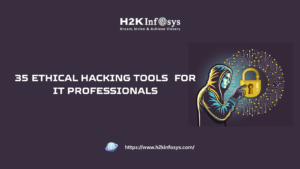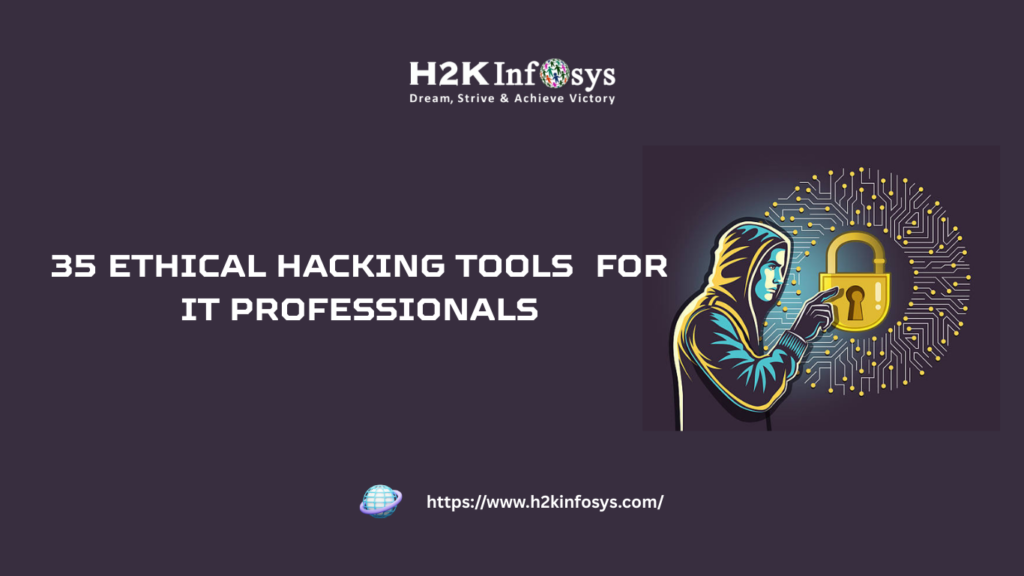Introduction
Preparing for an AWS developer interview can be challenging. The AWS ecosystem is vast, and interviewers often test candidates on various aspects of the platform, from fundamental concepts to advanced scenarios. In this blog, we’ll walk you through the top 10 AWS developer interview questions, providing insights on how to approach and answer them effectively.
What is Amazon EC2, and how does it work?
Amazon Elastic Compute Cloud (EC2) is a cloud service that offers scalable, secure computing power, allowing you to easily adjust resources as needed. It allows developers to scale up or down their applications based on demand. The core idea behind EC2 is to offer users a flexible environment for running their applications by providing a variety of instance types that cater to different workloads.
How to Answer: In your response, explain that EC2 allows for the creation of virtual servers (instances) on which developers can deploy and run their applications. You can also mention the benefits, such as scalability, flexibility, and the ability to choose different pricing models like On-Demand, Reserved Instances, and Spot Instances.
How does AWS Lambda differ from Amazon EC2?
AWS Lambda is a serverless computing service that automatically manages the underlying infrastructure, allowing developers to focus solely on their code. Unlike EC2, where you manage the instances and the operating system, Lambda abstracts away the server management entirely.
How to Answer: Highlight that AWS Lambda is event-driven, meaning it only executes code in response to triggers, which can significantly reduce costs. In contrast, EC2 requires more management and is ideal for applications that need more control over the server environment.
What are the benefits of using AWS CloudFormation?
AWS CloudFormation enables you to configure and deploy AWS resources using code, simplifying the process of managing infrastructure. This means you can use templates written in JSON or YAML to create, update, and manage resources in a predictable and repeatable manner.
How to Answer: Discuss how CloudFormation simplifies the deployment of resources by automating the setup process, reducing the chances of manual errors. It also makes it easier to replicate environments, which is particularly useful in multi-region deployments or when scaling applications.
How do you secure data in AWS?
Securing data in AWS involves a combination of encryption, access controls, and monitoring. AWS provides various tools and services, such as AWS Key Management Service (KMS), Identity and Access Management (IAM), and CloudTrail, to help secure data.
How to Answer: Explain the importance of encrypting data at rest and in transit. Mention the role of IAM in managing permissions and the use of CloudTrail for logging and monitoring activities in the AWS environment.
Explain the different types of storage options in AWS.
AWS offers a range of storage services, each designed for different use cases. The main options include Amazon S3 (object storage), Amazon EBS (block storage), and Amazon Glacier (archival storage).
How to Answer: Detail each storage type, emphasizing that S3 is suitable for storing large amounts of unstructured data, EBS is best for persistent block-level storage that can be attached to EC2 instances, and Glacier is ideal for long-term, low-cost archival storage.
What is Amazon S3, and what are its uses?
Amazon Simple Storage Service (S3) is a scalable object storage service used for storing and retrieving any amount of data from anywhere on the web. S3 is widely used for backup and restore, data archiving, and big data analytics.
How to Answer: Describe S3 as a storage service that offers high availability, durability, and scalability. Mention its use cases, such as hosting static websites, storing backups, or serving large files like images or videos.
Describe the process of load balancing in AWS.
Load balancing in AWS is primarily handled by the Elastic Load Balancing (ELB) service, which automatically distributes incoming application traffic across multiple targets, such as EC2 instances, containers, or IP addresses.
How to Answer: Explain that load balancing helps ensure that no single server is overwhelmed by traffic, improving the application’s fault tolerance and availability. Mention different types of load balancers, like Application Load Balancer (ALB) for HTTP/HTTPS traffic and Network Load Balancer (NLB) for high-performance TCP traffic.
How do you monitor and log AWS resources?
AWS provides several tools for monitoring and logging, including Amazon CloudWatch, AWS CloudTrail, and AWS Config. These services help track resource utilization, performance, and compliance.
How to Answer: Discuss how CloudWatch collects and tracks metrics, logs, and events, while CloudTrail records API calls made within the AWS environment. AWS Config helps in tracking the configuration changes in resources, ensuring compliance.
What are AWS IAM roles, and how do they differ from users?
IAM roles are used to grant specific permissions to entities that need them temporarily, such as an EC2 instance or an application running on Lambda. Unlike IAM users, which are meant for individuals who interact with AWS resources, roles are intended for use by services.
How to Answer: Clarify that IAM roles provide temporary credentials and are often used to delegate access to resources across different accounts or services, whereas IAM users are permanent identities with long-term credentials.
How do you optimize AWS costs?
Optimizing AWS costs involves several strategies, including right-sizing instances, using Reserved Instances, taking advantage of Spot Instances, and leveraging AWS cost management tools like Cost Explorer and Trusted Advisor.
How to Answer: Emphasize the importance of regularly reviewing resource usage and scaling down or terminating unused resources. Discuss the benefits of using Reserved Instances for predictable workloads and Spot Instances for flexible, fault-tolerant applications.
Conclusion
Preparing for an AWS developer interview requires a solid understanding of core AWS services and best practices. By familiarizing yourself with these common questions and their answers, you’ll be well on your way to acing the interview and demonstrating your expertise.

























